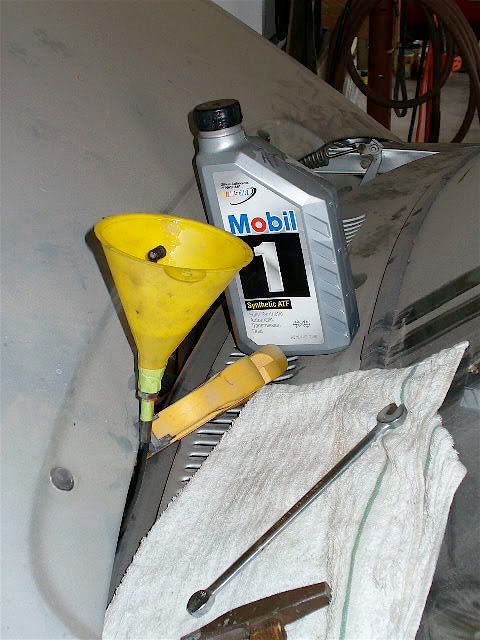|
Hi, Randy,
Thanks for the reply.
I admit I am a little bit confused (+). I thought:
1. With more slack in the KD cable (less threads on the fire wall side; my picture is the extreme example):
- down-shifting would occur at higher RPM's (*). IOW, one would have to step on the gas pedal harder to cause down-shifts.
- up-shifting will occur earlier in the normal course of getting up to road speed.
2. When the KD cable is tighter (more threads on the fire wall side):
- exactly opposite of the above. IOW, down-shift occurs with _less_ gas pedal, and up-shifts come _late_ in the normal course of accelerating - in extreme cases it stays in lower gears, such as if she sheath came out of the ferrule crimp.
Am I missing something?
Notes:
(*) Is this referred to as "softer shifting"?
(+) I found the FAQ sections on the automatic transmission kickdown cable (description and adjustment) difficult to follow. For example,
- the length measurement references is without clarification regarding the cable clamp's location and the pre-requisite that a proper adjustment must have followed before fixing the clamp (if you want to use that as an adjustment reference later on.)
- The description of the shift point/speed map is hard to understand - whether the shift point is the x-axis or y-axis of the map makes exact opposite sense in terms of the curve moving up or down relative to cable tension.
Much TIA, and regards,
Lih-Yen
|


